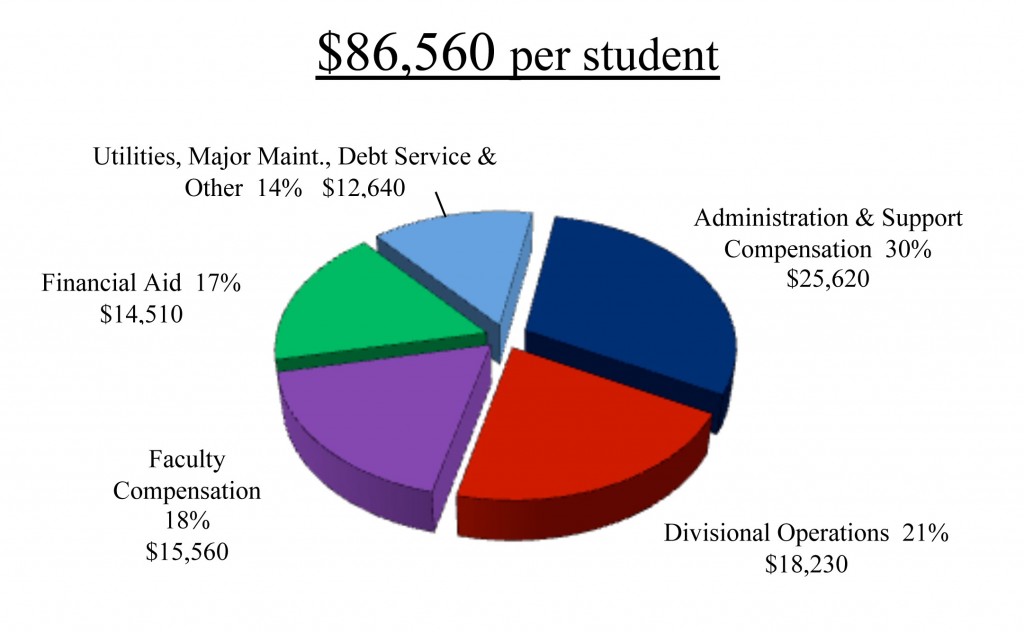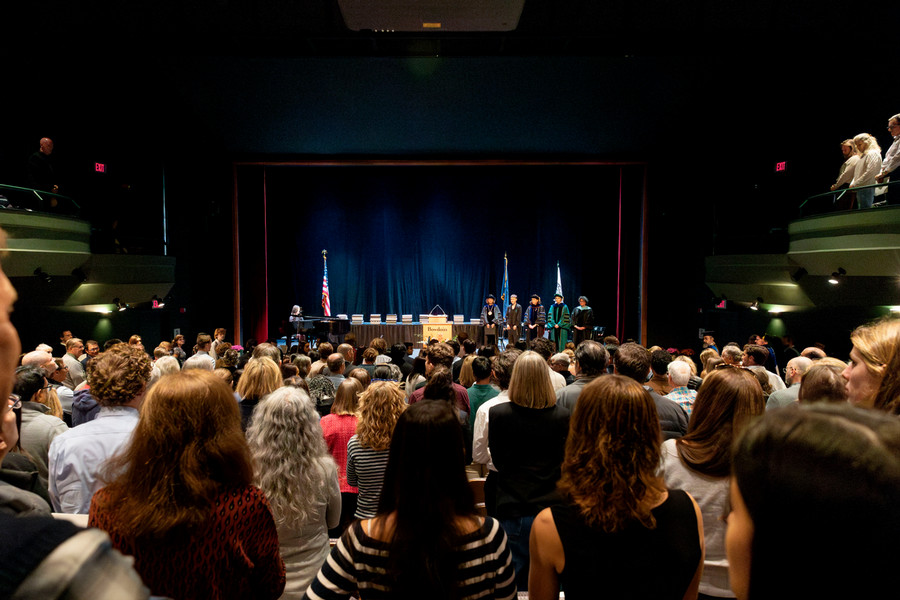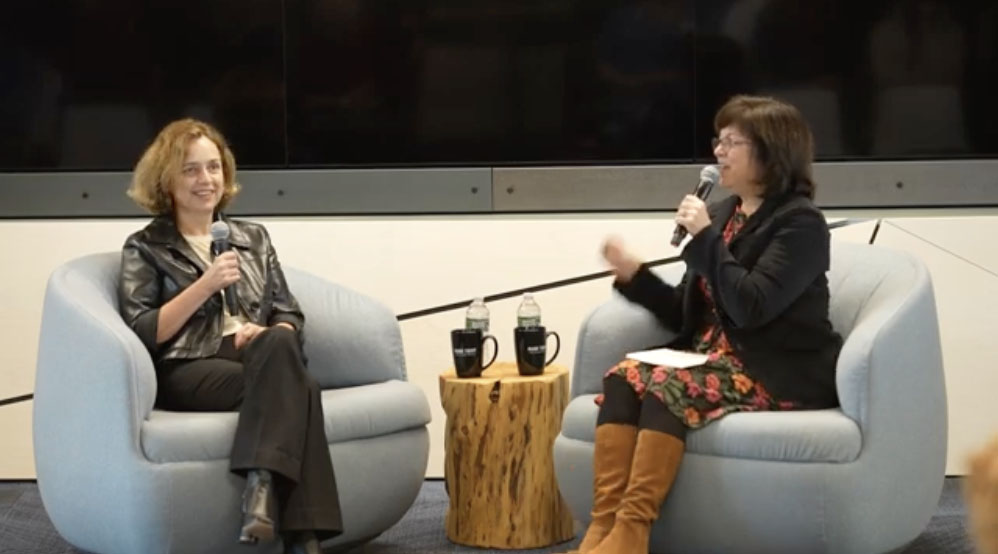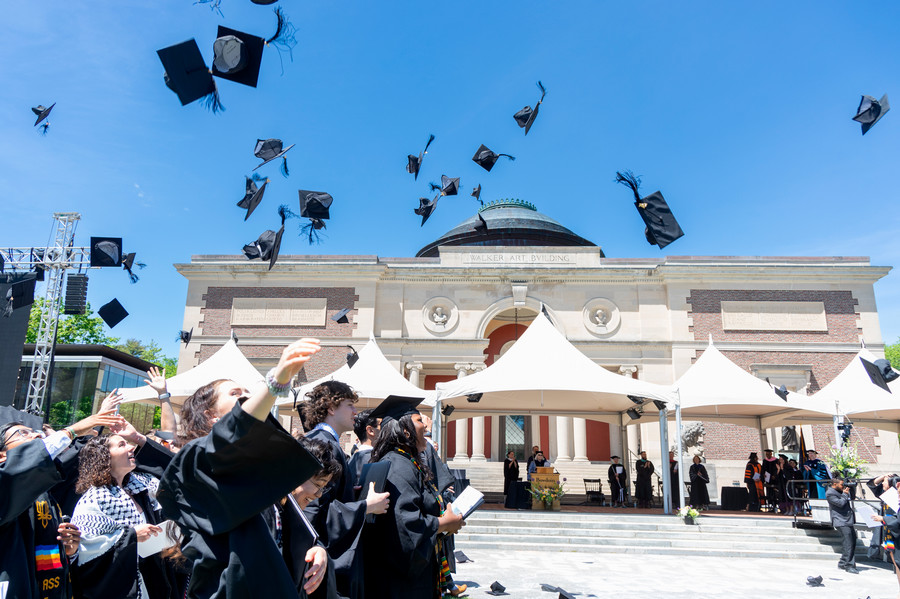Barry Mills on Why It’s All About the Endowment

Each week, I ask readers of my column to suggest topics for me to address, and it probably comes as no surprise that I routinely get more than a few requests to write about the economic condition of the College, and particularly the rising cost of tuition. To me, it feels like I write more about this subject than folks would want to read, but let me continue the discussion from a slightly different perspective.
The most recent suggestion I received on the subject asks me to explain our tuition and fees relative to the size of our endowment. The writer is on the board of a local college that is totally tuition dependent (i.e., no or little endowment), yet is able to provide a good education at a much lower cost. Although he doesn’t come out and say it, the implication is that Bowdoin should be a whole lot less expensive, given the size of our endowment.
Our comprehensive fee next year will be $52,880, but even this doesn’t begin to cover our costs. It actually costs the College $86,560 per student to provide the education and residential experience here.

Approximately 43% of our students (and 47% of the incoming first-year class) receive need-based financial aid from the College, with an average Bowdoin grant of approximately $35,000 and no requirement that they take out student loans as part of their aid package. But even our “full-pay” students receive aid from the College, with our endowment supporting a significant part of the costs associated with a Bowdoin education.
Each year, we spend 5% of the twelve-quarter lagging average of our endowment—a formula we utilize to prudently account for ups and downs in the economy. In the mid part of this decade, there was a lot of focus on the spending rate because the lagging average formula had us spending a smaller percentage on the then absolute value of the endowment. Of course, given recent economic history, we are now spending somewhat more than 5% of the absolute value since our formula includes a number of quarters that reflected values before the decline in the markets. But over the long term and over good and bad times, it is fair to think about the policy as a 5% draw-down on the endowment.
Could we spend more of our endowment to reduce the costs to our students? Sure, but the College’s view and generally accepted endowment policy argues against this. If we spend an average of 5% annually, after taking account of inflation, we need to earn at least 7% annually just to maintain the value of our endowment’s purchasing power. Since endowments are designed to support College operations in good times and bad, it is essential for the long-term health of the College that we preserve our endowment and its purchasing power. And, as I have written extensively, the goal should be to grow the endowment to ensure the future health of the College.
We could reduce the costs of the College to parents and families quite easily if we made different choices. And choice goes fundamentally to the quality of the College and the student experience. There is no doubt that students can get a quality education at the many colleges and universities like the local college our alumnus wrote to me about. But there is also little question that the opportunities available to a Bowdoin student are far greater, both while that student is on campus, and hopefully, later in life. The expenses of this College are driven by the depth of our curriculum, the quality of our faculty, the close personal relationships of students and faculty, our residential life system, our athletic programs, the extracurricular program and, of course, our food.
The choice for Bowdoin in future decades is quite apparent. We can continue the excellence we have achieved by growing our endowment for financial aid so that all students can afford to be at Bowdoin, and we can maintain our excellence and our program. Or, over the long term, we will have to make some choices on program as the cost of College will hit—if it hasn’t already—an amount that will be unacceptable to most parents and families. If we have the resources to educate our students over the long haul and reduce their costs of education, we can continue to provide our high-quality program. Our ambition should be to take the “cost” of education out of the equation for many families through the strength of our endowment.
Many colleges and universities are facing tough choices today as they formulate their program each year based on the number of students they can attract and their discount rate (the difference between what they say they charge and what they can actually collect). Fortunately, because of our endowment and our genuine quality, Bowdoin does not face these choices today. But nearly every college and university will face this issue over the coming years as the cost of education increases and the sources of revenue are more limited.
The issue our alum raises is an important one for the College—the choice of quality and cost—and we must continue to be realistic and attentive to the issue.
For Bowdoin and for our ambition to remain among the very best colleges in America, it is all about the endowment.



